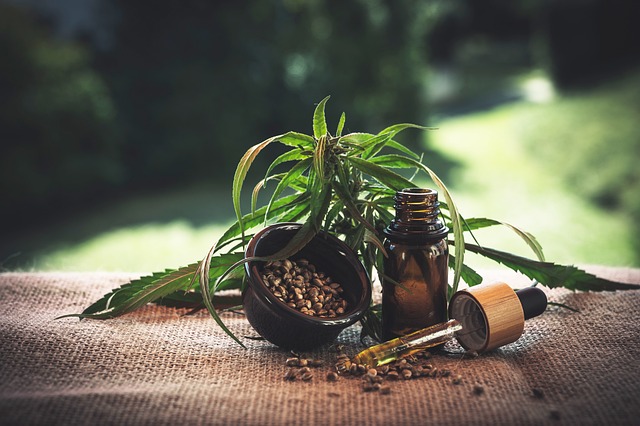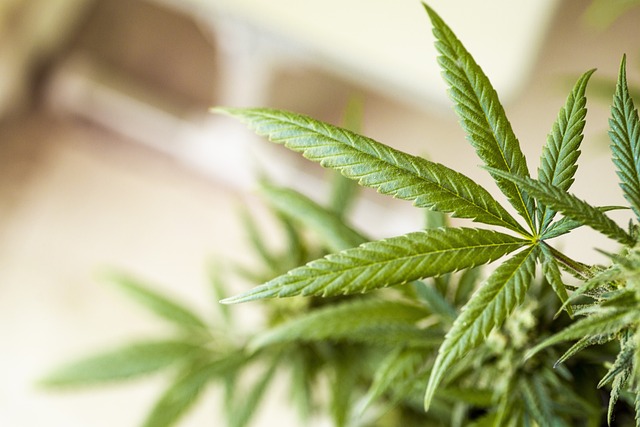Introduction
For centuries, coffee has been a cherished drink, cherished for its abundant scent and invigorating results. Nonetheless, as wellness trends advance, so do the methods we experience our early morning mug of joe. Go into mushroom coffee– a blend that weds the durable taste of typical coffee with the myriad wellness advantages of medical mushrooms. In this write-up, we’ll dive deep into “The Ultimate Face-off: Best Mushroom Coffee vs. Typical Coffee,” discovering their backgrounds, advantages, downsides, and every little thing in between.
What is Mushroom Coffee?
Mushroom coffee is a special mix that combines ground coffee beans with different medical mushroom extracts. The most common types of mushrooms utilized in these blends consist of:
- Chaga: Recognized for its antioxidant properties.
- Lion’s Mane: Distinguished for cognitive enhancement.
- Reishi: Frequently referred to as the “mushroom of eternal life,” it’s commemorated for advertising leisure and tension relief.
- Cordyceps: Believed to improve power levels and athletic performance.
These mushrooms add a natural taste to the beverage and are loaded with nutrients that can enhance general wellness.
The Increase of Mushroom Coffee: A Brief History
The use of medical mushrooms go back hundreds of years in traditional Chinese medication and other health and wellness methods worldwide. Nonetheless, the fad of mixing these fungis with coffee is fairly new.
- Cultural Origins: In lots of societies, mushrooms have long been considered superfoods because of their health benefits.
- Modern Popularity: With the wellness movement getting grip in the last few years, mushroom coffee has actually located its niche among health and wellness fanatics seeking alternatives to standard caffeine sources.
Traditional Coffee: A Time-Honored Beverage
Traditional coffee has its origins shrouded in enigma but is thought to have actually first been uncovered in Ethiopia prior to making its method through Arabia and at some point Europe and beyond.
Coffee Ranges and Their Characteristics
- Arabica: Understood for its smooth flavor and lower high levels of caffeine content.
- Robusta: Commonly stronger and more bitter with greater caffeine levels.
Each range brings something unique to the table– literally!
The Ultimate Showdown: Ideal Mushroom Coffee vs. Conventional Coffee
In this face-off, we’ll match both drinks against each various other based on a number of requirements:
Let’s check out each area in detail!
1. Flavor Profile: Exactly How Do They Compare?
Mushroom Coffee Taste Notes
Mushroom coffee frequently includes an earthy preference matched by the all-natural flavors of the included fungis. Several brands also include other components like cacao or flavors to boost the taste further.
Traditional Coffee Flavor Notes
Traditional coffee’s taste varies from fruity to nutty depending on its origin and roast degree– ranging from light to dark roasts.
Which Preferences Better?
Taste is subjective! While some like the nuanced flavors of traditional coffee, others delight in the one-of-a-kind twist that mushroom mixes offer.
2. Caffeine Content: Which Loads a Punch?
Mushroom Coffee High levels of caffeine Levels
Most mushroom coffees have less mushroom coffee caffeine than conventional mixtures due to their special blends; nonetheless, they still give a mild energy increase without jitters.
Traditional Coffee Caffeine Levels
A standard mug of brewed conventional coffee usually has about 95 milligrams of high levels of caffeine per 8-ounce serving.
Which One Will Maintain You Awake Longer?
If you’re sensitive to caffeine or looking for a milder choice, ideal mushroom coffee might be your best choice!
3. Wellness Advantages: What Do They Offer?
Best Mushroom Coffee Wellness Benefits
Traditional Coffee Wellness Benefits
Which Offers More Wellness Benefits?
While both drinks have considerable health benefits, finest mushroom coffee stands out many thanks to its mix of nutrients from both mushrooms and coffee.
4. Potential Adverse Effects: Are There Any Risks?
Mushroom Coffee Side Effects
Though usually risk-free for most individuals, those adverse mushrooms ought to prevent it entirely.
Traditional Coffee Side Effects
Excessive intake can lead to insomnia, jitters, or digestive problems– all of it depends upon individual tolerance levels!
5. Prep work Techniques: What’s Involved?
Preparing Best Mushroom Coffee
Making this mixture usually includes mixing powdered mushrooms with hot water or milk– straightforward enough!
Preparing Standard Coffee
From French presses to espresso equipments– typical methods are diverse!
6. Price Factor: Which Is Extra Affordable?
|Beverage Kind|Ordinary Cost Array (per extra pound)|| ———————–|———————————-|| Ideal Mushroom Coffee|$20 – $40|| Conventional Coffee|$10 – $25|
While mushroom coffee might appear more expensive upfront due to its costs components, consider it a financial investment in your health!
FAQs
1. Is mushroom coffee risk-free for everyone?
Yes! Nonetheless, people with allergies or sensitivities need to get in touch with a healthcare professional prior to trying it out.
2. Can I make mushroom coffee at home?
Absolutely! You can mix powdered mushroom removes into your normal brew or search for pre-mixed options.
3. Just how much caffeine does mushroom coffee contain?
Typically much less than typical coffee; anticipate around 30-50 mg per cup relying on brand and preparation method.
4. Does finest mushroom coffee preference like routine coffee?
It can have an earthy taste profile however varies by brand; lots of use extra flavors like cocoa or vanilla.
5. Can I consume both kinds together?
Sure! Blending them might produce a pleasantly intricate drink while supplying combined benefits!
6. Where can I get ideal mushroom coffee?
Most organic food shops supply it nowadays; you can also find it online with specialized retailers!
Conclusion
In “The Ultimate Showdown: Best Mushroom Coffee vs. Traditional Coffee,” we have actually looked into numerous components that specify both beverages– from taste accounts to wellness benefits and beyond! While standard coffee remains a staple beverage loved by numerous around the world, best mushroom coffee offers interesting choices packed loaded with prospective advantages worth considering.
Ultimately, whether you prefer one over the various other– or enjoy both– is completely approximately individual preference preferences and way of living options! So why not give them both a try? Besides, variety is the seasoning of life! Delighted sipping!

